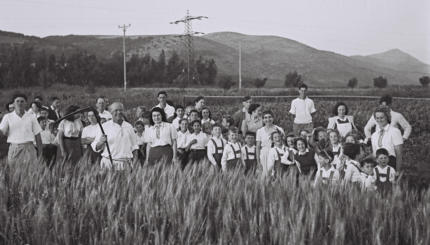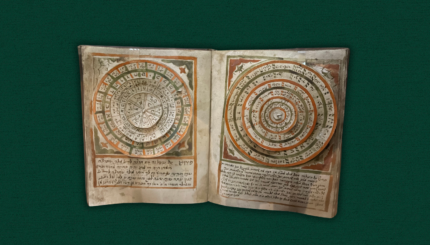I was doing some research into Purim foods earlier today, when I came across a site addressing the etymology behind those cute little triangle cookies filled with jelly:
It is that time of the year again, when every kosher bakery and Jewish home is filled with that great Purim delicacy called the h—-tasch. As I pointed out last year, it is so absurd that we name a Purim gastronomic centerpiece after the arch villain who wanted to destroy the Jews, and for whom the obligation “timheh et zekher Amalek…” (obliterate the memory of Amalek) surely applies.
We got to this via an unfortunate error. A tasch is a pocket. The Purim pocket symbolized the essence of the Purim miracle as being of the camouflaged variety. It was a miracle cased in an unusual, intriguing, but nevertheless non-miraculous story. In Purim, what you get is much more than what you see.
In the tasch, you likewise get more than what you see. Since seeds, or “mann,” were involved in the fateful meal, filling the pockets with “mann” was not an unusual way to celebrate on Purim. These pockets were called mantaschen. In Hebrew, when referring to “the mantasch,” the word used would be “ha-mantasch.”
From this derived the mistaken reference to all taschen as hamantashen. It is a serious error, because every time we refer to this delicacy, we give undeserved, even if unintended honor to an evil person.
There is no precedent for us doing this with any other villain in Jewish history. It is a mistake that we would be well served to correct. Our bakery in Ottawa does not sell h—-taschen. But they do sell prune-taschen, man-taschen, blueberry-taschen, etc. (MORE)
Hamantaschen no more folks. It is the food that shall not be named.
kosher
Pronounced: KOH-sher, Origin: Hebrew, adhering to kashrut, the traditional Jewish dietary laws.
Purim
Pronounced: PUR-im, the Feast of Lots, Origin: Hebrew, a joyous holiday that recounts the saving of the Jews from a threatened massacre during the Persian period.


